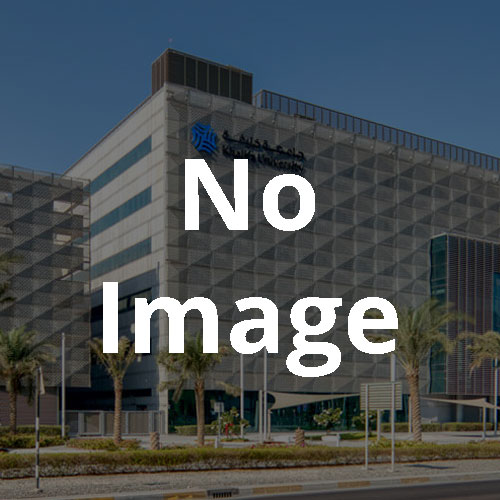
Surface modification and creation of specific interfaces are ubiquitous in almost all engineered semiconductor devices. These modifications are mainly obtained by the introduction of dopants into the semiconductor body by thermal diffusion, ion implantation, or ion-beam mixing of surface coatings with the semiconductor substrate. Due to the great importance of silicon as the material comprising 95% of all electronic devices, coupled with its inferior radiative properties, this project focuses on silicon materials and structures. The research will follow with other group IV semiconductors such as germanium or alloys of SiC or SiGe. In depth investigation of several ion implantation and ion-beam mixing schemes that varies from shallow to deep implantations, ion-beam mixing of co-evaporated/co-sputtered coatings, and inclusion of optically active impurities such as rare-earth metals will be performed. Preliminary results using ion-beam mixing of erbium and silicon; and erbium and silicon and germanium in silicon show that reasonably high 4f emission from Er+3 are attainable, while other results of dislocation defects engineered by implantation of boron corroborated with results from shallow boron ion implantation have both yielded band-to-band radiative carrier recombination of high efficiency.
These studies are remarkable for offering a circumvention of obstacles to optimal emission dictated by the indirect band gap nature of group IV semiconductors in general and crystalline Si in particular at various emission wavelengths. The proposed research will concentrate on optimum conditions for dopants to modify band gap of Si and indirect band gap semiconductors to favor radiative carrier recombination over heat generation non-radiative ones. The goals of this ambitious research are to explore the best mechanisms for dopants to modulate the band gap of Si; thus, controlling the dynamic electronic properties in devices established around the implanted region or modified surfaces, supported strongly by collaborators such as the SANDIA National Laboratories facility in New Mexico, USA and other interested collaborating scientists without any cost to the project.
